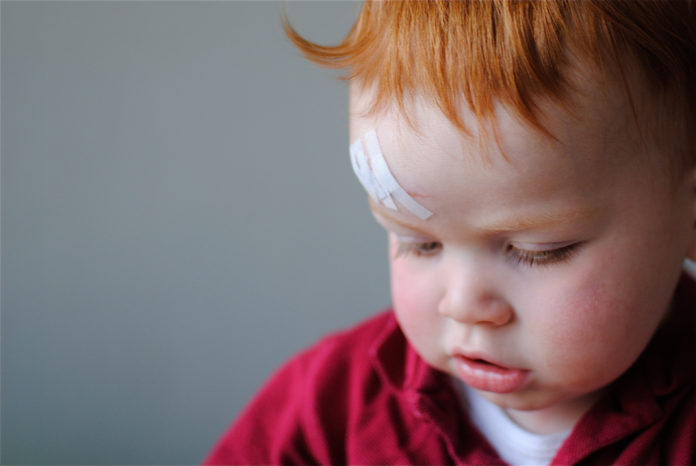It’s the time of year when I start clearing out cupboards and doing some routine household maintenance. My job today was to check the contents of our medicine cabinet and my first aid kit and it got me thinking: do you have a first aid kit? Do you know where it is? Is everything in date and in good condition? What do you need in a basic first aid kit?
If your answer to these questions is ‘no’, then read on….
Firstly:
- Your first aid kit should be kept in a cool, dry place out of the reach of children.
- Keep your first aid items in a waterproof container. Make sure it’s large enough so you can arrange the contents in such a way that you can find what you need quickly. A plastic container with a close-fitting lid or a resealable plastic bag is ideal.

- Label the first aid box so you can recognise it easily. The standard labelling for a first aid kit is a white cross on a green background.
- Many people also keep a small first aid kit in their car for emergencies.
What should you have in your first aid kit?
A basic first aid kit should include:
- gloves – both non-sterile (to protect you from infection) and sterile for treating someone with deep wounds or burns*
- 1 pair of scissors – blunt end*
- a face shield to protect yourself when resuscitating someone*
* Stored in your box so that they can be accessed immediately and easily.
- small, medium and large sterile gauze pads – can be used as dressings, as padding or swabs to clean around wounds
- plasters in a variety of different sizes and shapes
- 1 packet of cotton wool – to be used as padding but never directly on a wound
- 2 calico triangular bandages – (ensure they are calico not a cheap version made of paper) these are some of the most useful things in your kit. Ideal, sterile, non-fluffy material to stop bleeding, can be used for slings and support bandages and far easier than a dressing to secure on head, knee and elbow wounds
- safety pins
- 1 pair of sterile tweezers – for removing small splinters, that can easily be grasped and pulled out in the same direction that they went in (nothing else should ever be removed from a wound unless by a medical professional)
- sterile alcohol-free cleansing wipes to clean skin
- micropore/sticky tape to secure dressings and tape fingers and toes. Also useful for labelling things
- eye dressings, can be used as small dressings for babies and toddlers
Useful but not essential items might include:
- thermometer (preferably digital)
- burn gel or a burns dressing – to apply to a burn after cooling
- instant ice pack – at home you can use a bag of frozen peas, but ensure it is wrapped in a cloth as it can cause ice burns
- foil blanket – to keep the casualty warm, crucially important in helping to prevent them going into shock. They should ideally be insulated from the ground and have this wrapped round them to retain their body heat.
- steri-strips – great to help close gaping wounds. Always get major or deep wounds swiftly seen by a medical professional
Here are some additional items you may like to keep at home:
- skin rash cream, such as hydrocortisone or calendula
- cream or spray to relieve insect bites and stings
- antiseptic cream
- painkillers such as paracetamol (or infant paracetamol for children), aspirin (not to be given to children under 16), or ibuprofen
- cough medicine
- antihistamine cream or tablets
- distilled water for cleaning wounds
- eye wash and eye bath
Any medicines should be checked regularly to make sure they’re within their use-by dates.
A word of caution – as a first aider you should never use any medication or offer medication to anyone other than your own children or family. If someone is on medication for a heart condition, asthma or diabetes for example, you can only put it in his or her hand. If they are not well enough to take it themselves, you need to call 112.
Written by Kate Ellwood, First Aid Instructor and Assessor – January 2020
Interested in learning some simple first aid skills that could save a life?
Check out the Life First website for information about baby and children first aid classes for parents, grandparents, babysitters and carers in Brussels and Leuven.






